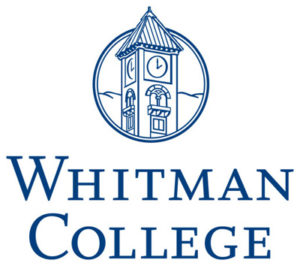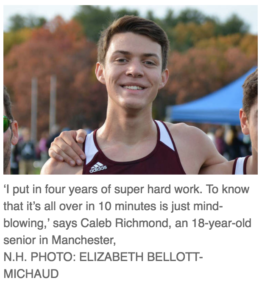IT HAS BECOME ALL TOO CLEAR that we have entered an era of radically increased college entrance difficulty. For the first time, Ivy League schools are taking an average of 6% percent of their applicants–Harvard accepted 5 percent. It is statistically improbable for most students to be admitted to one of these colleges. While top students may still apply to these schools, they too need to consider viable alternatives that will meet their needs not just as students but also as individuals. They must, at a minimum, demonstrate the tangible results of college preparation: good grades, high test scores and strong extracurricular activities. But the score-oriented, quantitative approach to admissions, prevalent in the last decades, needs to be replaced with a more strategic approach to gaining admission to the most popular colleges and universities.
This strategic approach utilizes a student’s good grades and test scores, but goes well beyond to identify and communicate each student’s unique profile to college admissions officers. It focuses on each student’s distinct qualifications but within a particular college’s applicant pool. And it means preparing and delivering college applications that capture each student’s unique qualifications.
Good colleges and universities have always wanted diverse student bodies with intellectually curious students–and base their selections on proven academic abilities and intellectual track records, special abilities, including arts and lately to a lesser extent athletics, as well as socio-economic background and legacy status.
Strategic matching is a focused process that unites each student’s core values, goals and unique attributes, while at the same time considering what specific colleges need, but aren’t getting. For example, take Stanford where science, engineering and pre-professional type students abound, there’s a need for writers, musicians and fine artists. It considers that students must highlight their strengths on each application for an admissions committee. This includes illustrating talents while neither overselling nor underselling themselves. This often requires a focus on the development of special talents such as music and art or leadership.
College Match’s Strategic Steps
Here are just a few of the essential steps that we take with each of our students:
1. Interviews to help define the image of the student; working with the student, parents, coaches, teachers and others we define the student’s personality and attributes.
2. Unique identity development process that focuses on the student’s vision, values and desired goals. For example, “create something new through science” or to “change our political system to improve people’s lives”, “make a difference in my community” or “live a comfortable and happy life.”
3. Identifying colleges that fit the values of a student and provide the support that the student needs academically to achieve life’s vision and goals. This requires performing data analysis. A college needs assessment identifies any potential weaknesses or needs that are not being met by existing applicants; psychographic profiling of current applicant pool; admissions data tracking over 10-year period; outcomes-based assessments of colleges including but not limited to Ph.D. productivity, jobs, graduate school admission rates and qualitative interviews with current students, administrators, alums and experts on particular colleges.
4. Collecting and examining all extra-curricular activities and classifying them in order of importance for getting into one of the selected colleges. For example, athletics, leadership, art or music talents, intellectual projects (research papers and science experiments), community service, academic awards and honors.
5. Advising students on how to use these activities to tell a story about themselves that is unique and will appeal to the unmet needs of each college.
6. Advising students about specific scholarships and research projects as part of the extracurricular mix to signal to colleges that a student is better prepared than other applicants.
7. Identifying and highlighting special talents such as sports or music or storytelling. Making sure that the student “proves” this ability is the key to showcasing these abilities.
8. Developing a market position for the student that is based on his or her general “comparative advantage” versus other students, and based generally on what colleges are looking for, but not getting. Then making sure the application supports the positioning.
9. Writing a letter to those writing recommendations that highlights the student’s strengths, key skills and “proof points.” Then the recommendations support this theme in their letters to the college. This approach helps concentrate the theme and supports the application overall by adding a consistency to the message about the student.
With this type of positioning, admissions officers quickly get a picture of who the applicant is, even if it doesn’t tell the whole story. And in an age when there are so many applications for admissions offices to read, it helps an individual student stand out.
For more information about College Match’s proprietary process, view our method, view our online academy, or work with us individually.






